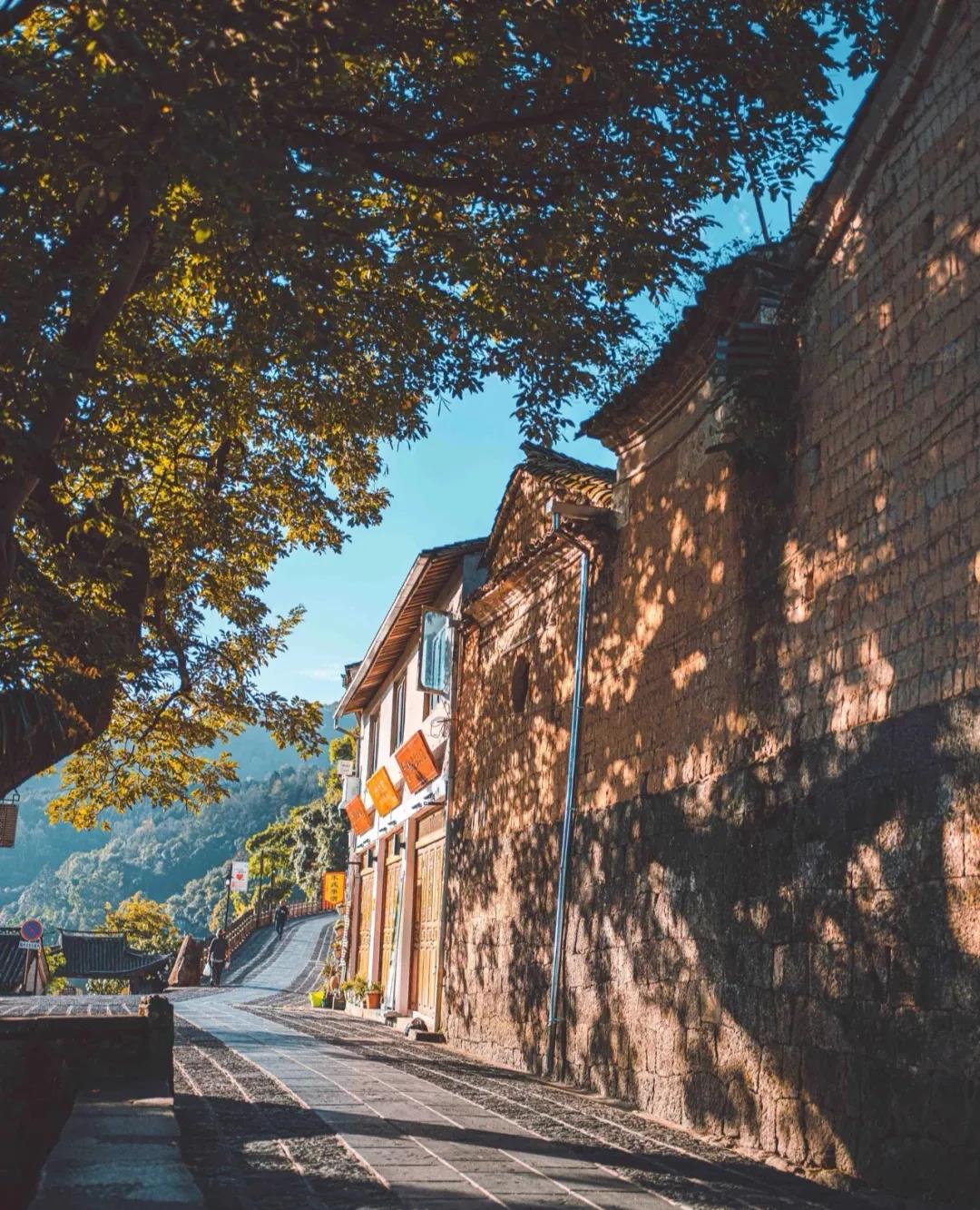As for the origin of heshun's name, it was called "Heshang Yi" in the early and middle Ming Dynasty.The zhengde period was called "Yang Wendeng"; In the late Ming Dynasty, it was called "Heshangtun".According to the travel Notes of Xu Xiake, xu Xiake visited Tengchong during the 12th year of Chongzhen in Ming Dynasty.When he narrated the situation of the mountains and rivers, three times with a feeling of mention Heshun, fall river."Break the gorge to the southwest, via monk (river) tun";"Dayingjiang River across the river of Mun Qing water";"Bajiao guan west river tun, The way of The Qing."In the early Qing Dynasty, it was called "Heshun".There is a township proverb, "the river and the township depend on each other, the river before the township" description.Later, because of the local folkways, the emphasis on education and cultural, so named for the two words and use today.
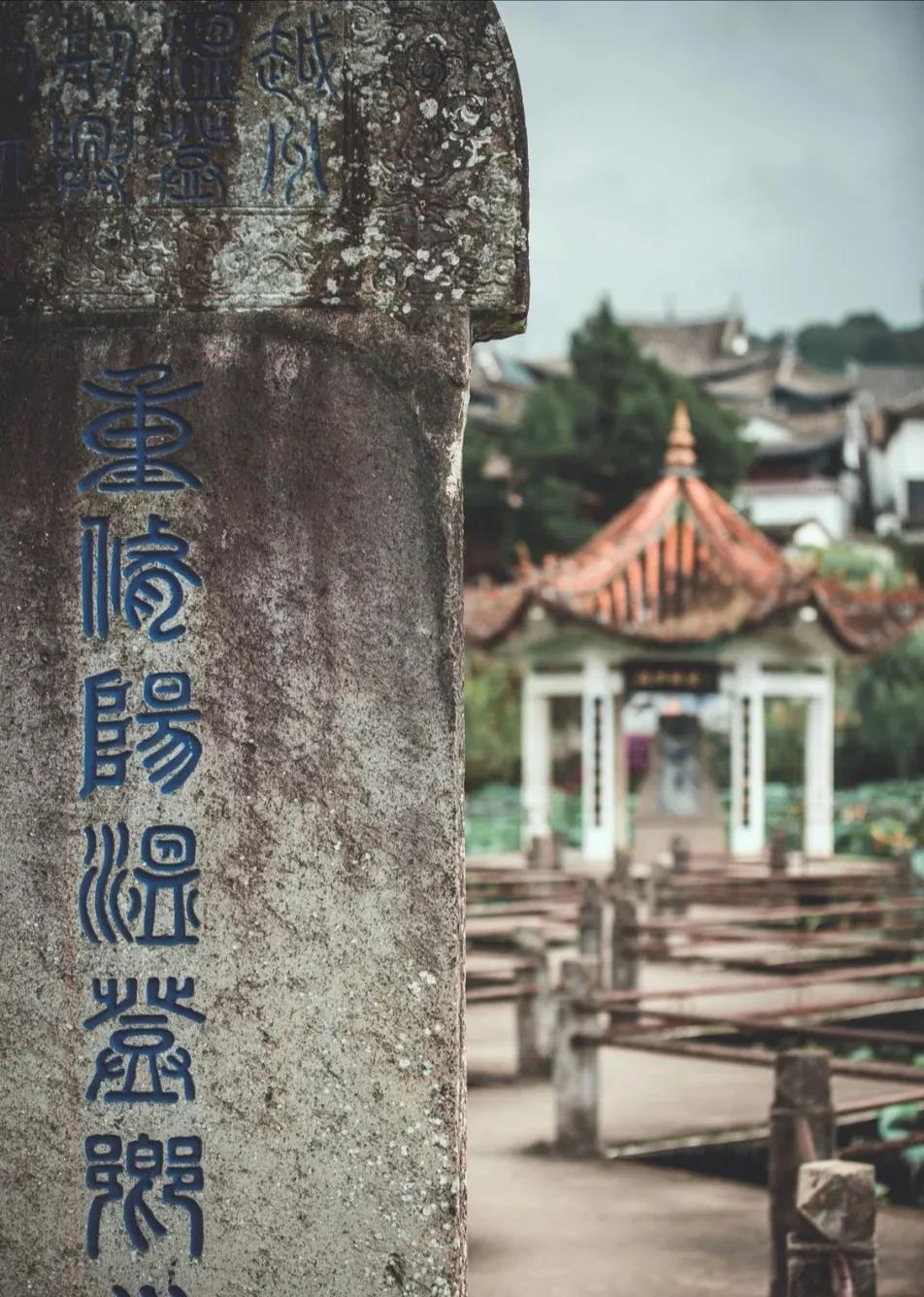
It is easy to see that water is particularly important in the description of Heshun. So Heshun has a small south of the Yangtze River. Jiangnan water leisurely, wupeng boat smooth water. Misty rain, a fine fine brush painting. So, what kind of charm does the ancient building in Heshun Ancient Town have?
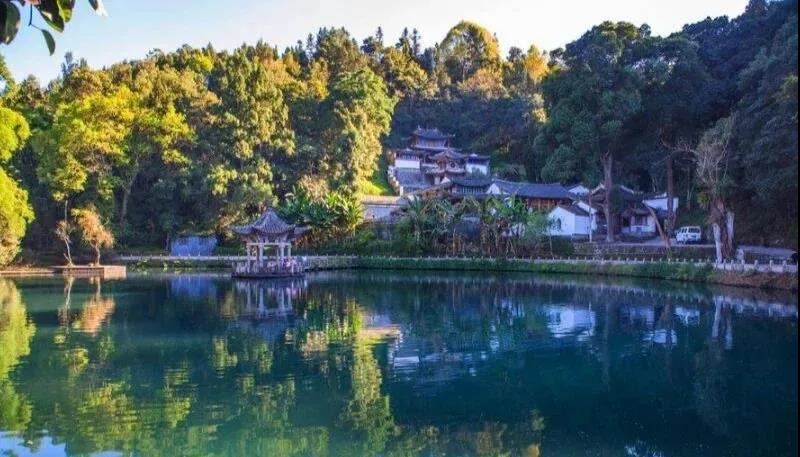
The residence of Heshun integrates the characteristics of traditional Chinese architecture style, "magnificent in the north and beautiful in the south", and becomes a unique magnificent and beautiful combination. No matter it is three rooms and one wall or siheyuan, it has both the characteristics of grand and magnificent, and pays attention to exquisite carving, elegant and delicate. Take the former residence of Ai Siqi as an example. The theme building is a quadrangle courtyard turning from horse to turret. The whole building is tall and majestic. But the ground was made of volcanic stone; The floor is divided into two layers, each layer of lighting breathable attention. Its main body is all made of sorbus wood; Plane chisel pick into a variety of fine point patterns, and masonry without mortar joints. The craft is so meticulous that you can't even insert it with a needle, and the locals call it clear water wall.
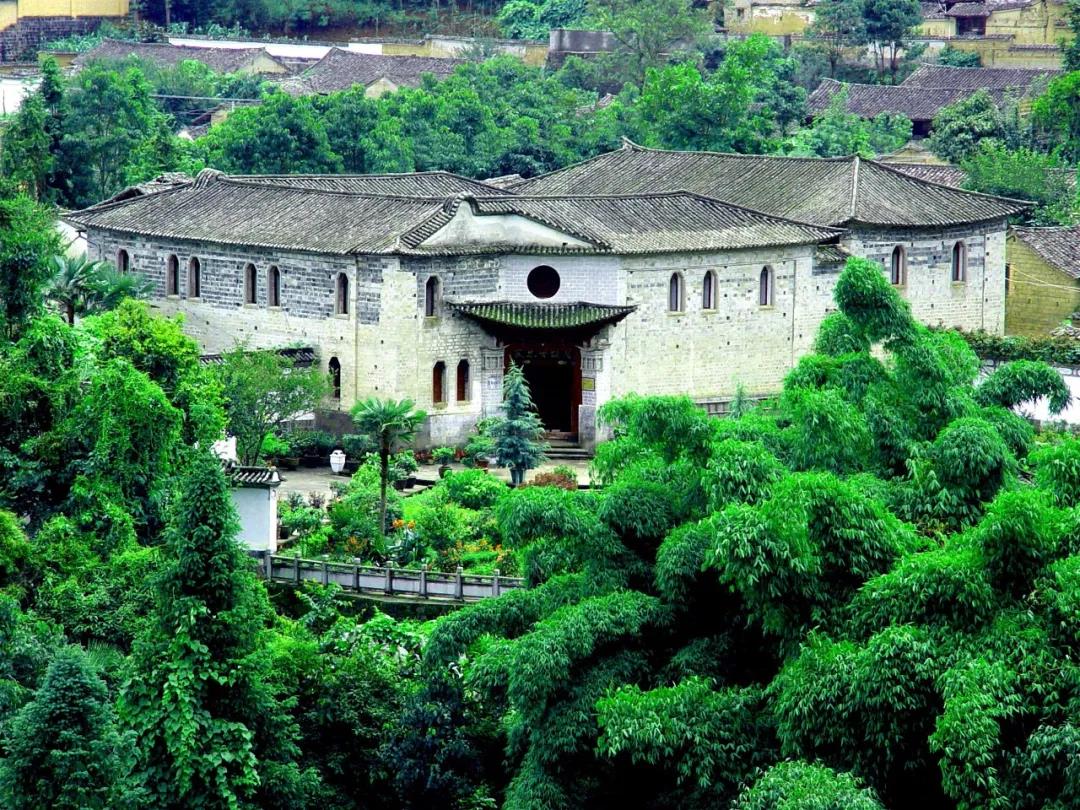
Its carving is exquisite craftsmanship.Like door cover, beam fang, doors and Windows, different parts of the use of different carving techniques.At the same time also combined with flat carving, shallow relief, through carving and other different techniques.Eventually carved auspicious flowers and plants, animals and animals, sun and moon shuiyun, Fu Lu Shouxi, character stories and other themes.Its carving knife fine, smooth lines.Therefore, there is a folk saying that "one or two pieces of wood is equal to one or two pieces of silver", which shows how high the requirements for carving skills were at that time.
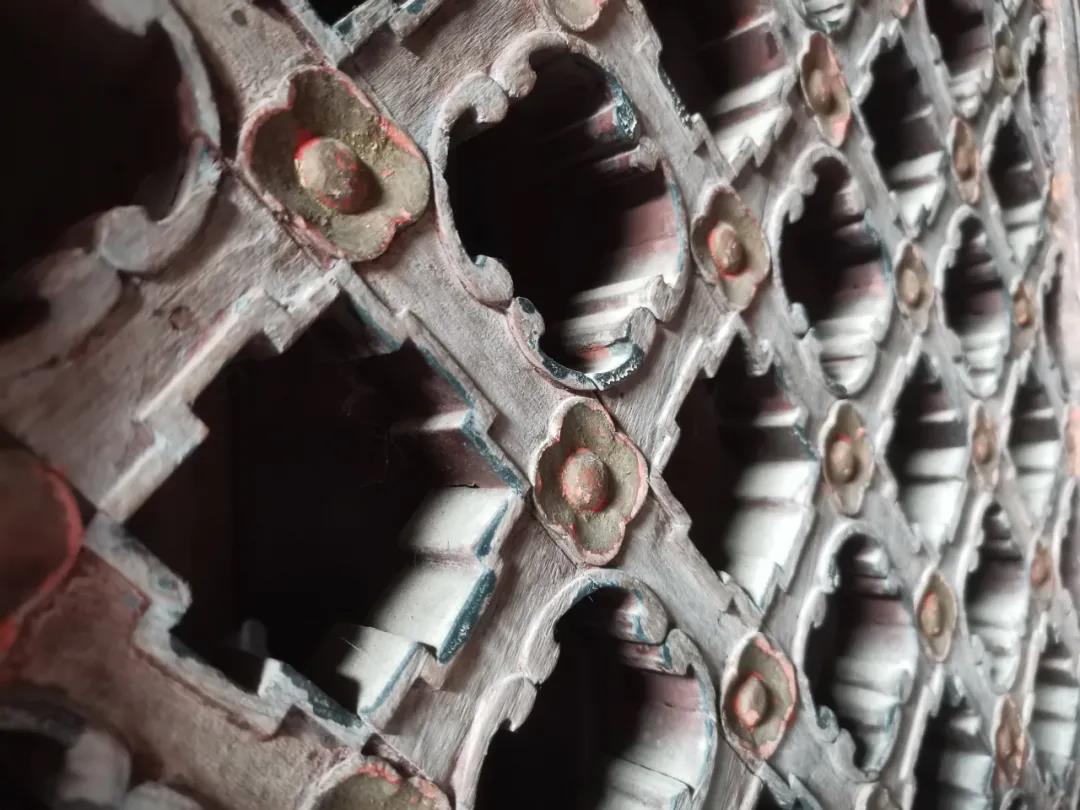
The whole Village of Heshun is built against the mountain, with the wind facing the sun. In the beginning, most villagers lived together, with each family name as one lane. And each tunnel entrance is equipped with a general gate, ancient known as Lu Gate. On the front door there were clauses such as Shuoli Dunjiao, or Shengwei Yougung and so on. Both sides are equipped with wood or stone couplets, which reflect the moral concept of traditional Confucian culture of poetry and etiquette. Each tunnel was built of volcanic stone, and each road was paved with a relatively flat SLATE in the middle. Known locally as the "Wick Stone", it was built for old people and women. No matter how big the official position, how rich the family, whenever they meet an old man, they must give away the wick for the old man or woman to use. This is heshun people to respect the old and love the young engraved on the inside of the performance.

Of course, in the middle of many junctions, there will be platforms and walls. This is the "information transfer station" in the village, providing villagers with a unique place to relax, chat and taste tea.
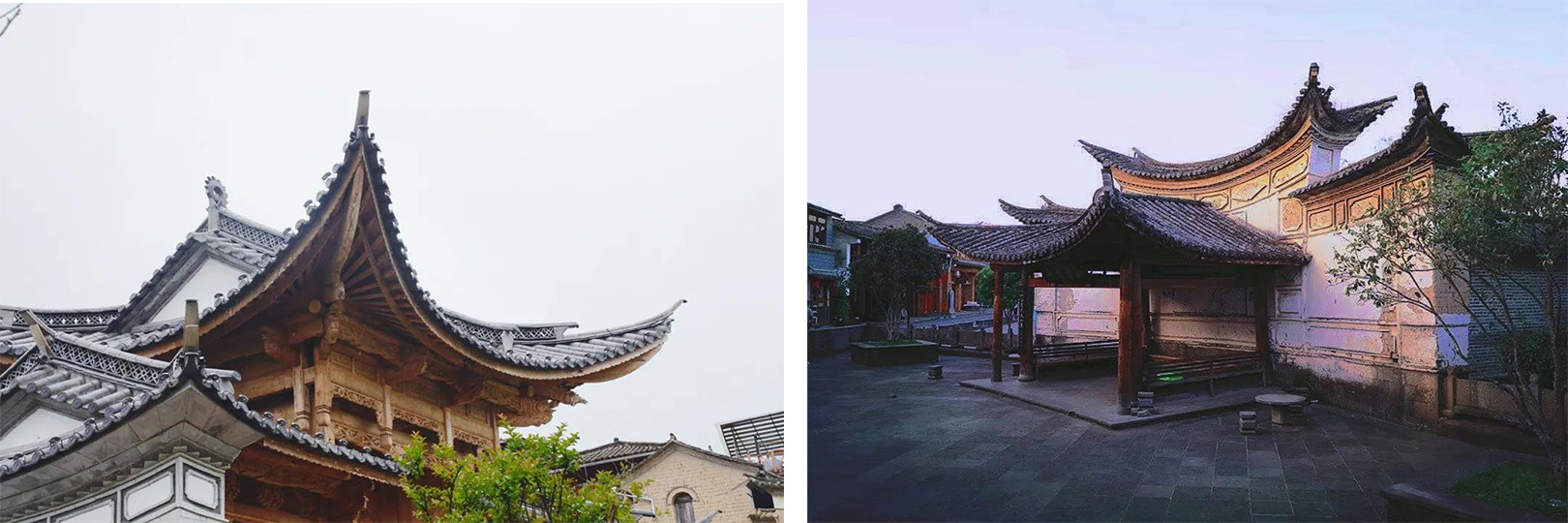
In addition, the ancient architecture of Heshun has the characteristics of combining Chinese and Western elements. For example, Wanlouzi folk house, the birthplace of Yongmao and trade house. The courtyard is built according to the slope, connecting the north and south, connecting the Chao Mountain and the Kao Mountain into an integral whole, and forming a unique main body geomantic line, resulting in the high and low order of the Lord guests. Due to the trend of architecture, there are twists and turns, but the curvature is always straight. The two courtyards form a contrast of height difference in turn. The lower courtyard can be reached by the stairs of the second chamber. The contrast between the top and the bottom produces a very infectious spatial artistic effect.

The corridor of the whole building is covered with imported Iron railings from England. The balcony also is western-style style. Window openings also use western-style arches or triangles. Its courtyard is equipped with a variety of Western-style furniture. Here, the elements such as window of door of window of door of door of door of door of door of English style of ancient clock, carved flower and iron art complement each other with Chinese style furniture, formed peculiar Chinese and western match well style.
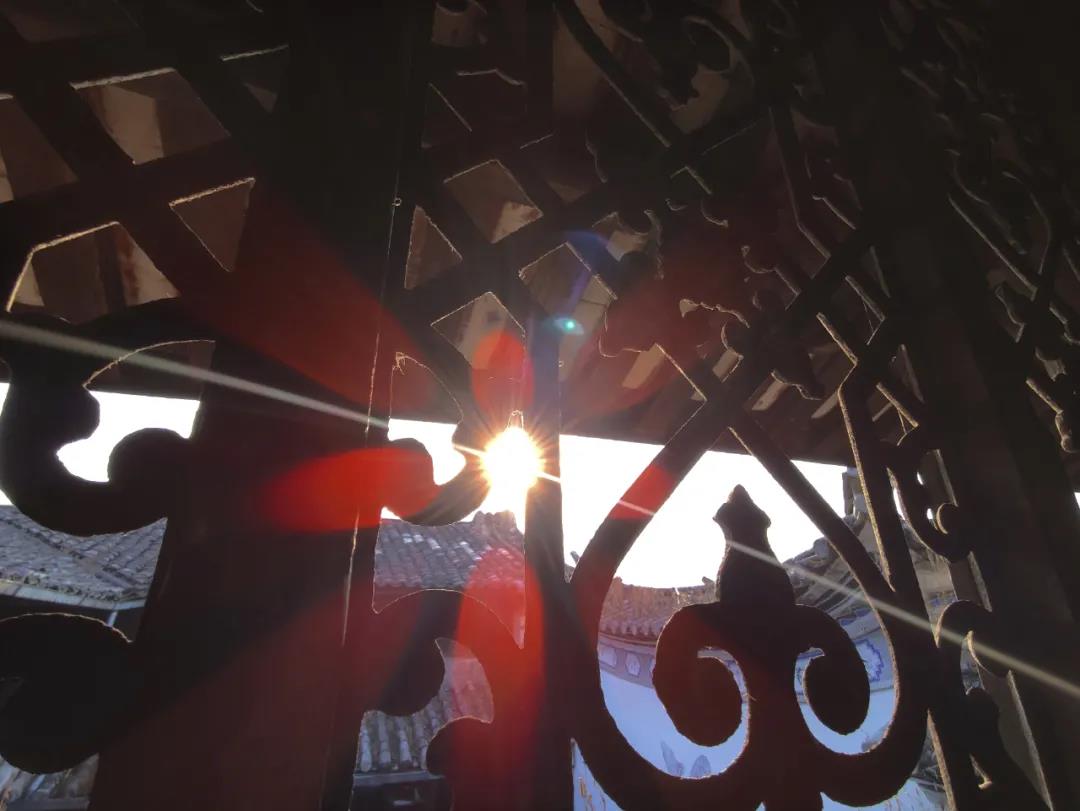
There are so many ancient buildings in Heshun, and each building has countless stories and histories. If you are interested, you can come to Heshun Ancient Town to touch the brick walls bearing the past, look at the exquisite carved doors and Windows, smell the remaining flowers in the old house, remember a period of invisible history, and slowly experience the hidden culture and flavor of this town.
